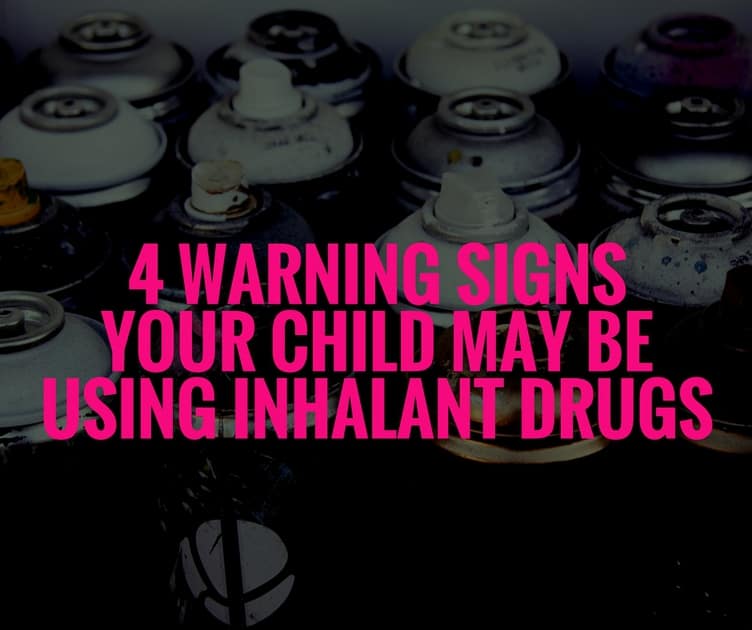
Inhalant drugs are dangerous chemicals you cannot see. They are harmful vapors emitted from products such as glue, paint, gasoline, polish for shoes, and fluid from lighters. These drugs are mostly used by children who are 12 to 15 years old and new to inhalant drugs. Children who are between the ages of 16 and 17 turn to nitrous oxide, which is called whippets. Inhalant abusers who are over the age of 18 turn to nitrates like amyl nitrites, which are also called poppers.
How Inhalants are Taken
Drug abusers inhale their chosen inhalant through their nose or mouth. One of the methods they use is called sniffing, while another is referred to as snorting. There is also one called bagging. How it works is the drug is put into a bag, and then it is inhaled. Sometimes a rag is saturated with the drug and then put in the mouth. Nitrous oxide is inhaled from balloons.
What Inhalants do to the Body
Like alcohol, the majority of the inhalants used suppress the central nervous system. When inhalants are taken in, the drug abuser’s speech will become slurred and coordination will be affected. There will be a sense of euphoria, and the one inhaling the drug may feel dizzy. A feeling of drowsiness may be experienced, and a stubborn headache may develop if a lot of the drug was inhaled. Other effects of inhalants include delusions, hallucinations, and loss of consciousness. After inhaling the drug over a long period of time the user may experience a drop in weight, loss of muscle strength, and confusion. Organs and the nervous system may become damaged, and the person may become ill-tempered and depressed. Other serious effects include an irregular heartbeat and heart failure. Death caused by inhaling drugs is called “Sudden sniffing death.” Inhalation of nitrites intensifies pleasure derived from sex, and it is used to make sexual performance better. The use of inhalants can result in uncontrollable sexual behavior and the contraction of a sexually transmitted disease.
Physical Signs of Inhalant Abuse
1. When a person inhales drugs their body as well as their clothes may be stained with paint.
2. They may develop sores that circle the mouth.
3. Their eyes may be red and watery, and their nose may be drippy.
4. A chemical smell may linger on their breath, they may appear intoxicated, they may stumble, and they may feel nauseous and anxious.
Since the products children inhale are commonly found in the home and can be easy to get hold of, it is important that you be aware of the signs of inhalant abuse. Get immediate help if you find out drug abuse is going on before it’s too late. In some cases, once the drug abuse has ended there’s a chance that some of the damage that resulted can be turned around.
References:
Inhalants – Partnership for Drug-Free Kids
Recommended Books:
Not All Kids Do Drugs: Proactive Techniques for Teens
Only You Can Save Your Kids: Teen Drug Use and How to Stop It

